The Grand Rapids Griffins got a closeup look at the national bone marrow donor registry Wednesday, March 15, at an event sponsored by Spectrum Health.
In a lunch at Intermissions restaurant at Van Andel Arena, hockey players learned about Be the Match, the national registry of bone marrow donors.
“I think this is a fantastic opportunity,” said Barbara Hile, the director of the National Marrow Donor Program for Michigan Blood, who discussed the donor program. “This can be a great venue for educating and informing the public.”
Hile spoke about the impact a donor can have on a patient who needs a bone marrow or stem cell transplant to defeat a blood cancer like leukemia or lymphoma.
“There are thousands of people every day looking for a match,” she said. “You have a 25 percent chance of finding a match within your own family. If you don’t, you go to the National Marrow Donor Program.”
Hile said there is no pressure on donors to join the registry.
“Once you join, we ask that you stay committed,” she said. “We ask that your intention is to stay on (the registry) until you are 61. You never know when you will get the call.”
For those interested in becoming a donor, the registry offers a chance to help others, she said.
“It’s an opportunity to give hope and life to somebody who has neither of those without them,” Hile said.
Brian Mahoney-Wilson, a goalie coach for the Griffins, said he “absolutely” was willing to sign up.
After seeing friends and family members struggling with serious illness, he was eager to help others facing life-threatening conditions.
“I don’t mind donating my time to help a bigger cause,” he said.
Some of the hockey players showed interest, but expressed concerns about recovery time.
“Obviously, it’s not a good time for me right now,” said Joe Hicketts, a 20-year-old defenseman. “But knowing you helped save a life would be pretty special.”
Donor details
Be the Match seeks donors ages 18 to 44. And because a patient is most likely to match someone of the same ancestry, the organization works to increase the ethnic diversity of the registry. Particularly needed are donors who are African American, Asian and Hispanic.
Donations are made in two ways, depending on the patient’s needs.
The most common form of donation is through peripheral blood stem cells―it accounts for about 85 percent of donations.
It does not require a surgical procedure. For five days, the donor receives injections of a drug that increases the number of stem cells in the bloodstream. Through a needle in one arm, blood is removed from the donor and run through a machine that separates out the blood-forming cells. The remaining blood returns to the donor through a needle in the other arm.
A bone marrow donation usually requires an outpatient surgical procedure. Doctors use a needle to withdraw liquid marrow from the back of the pelvic bone.
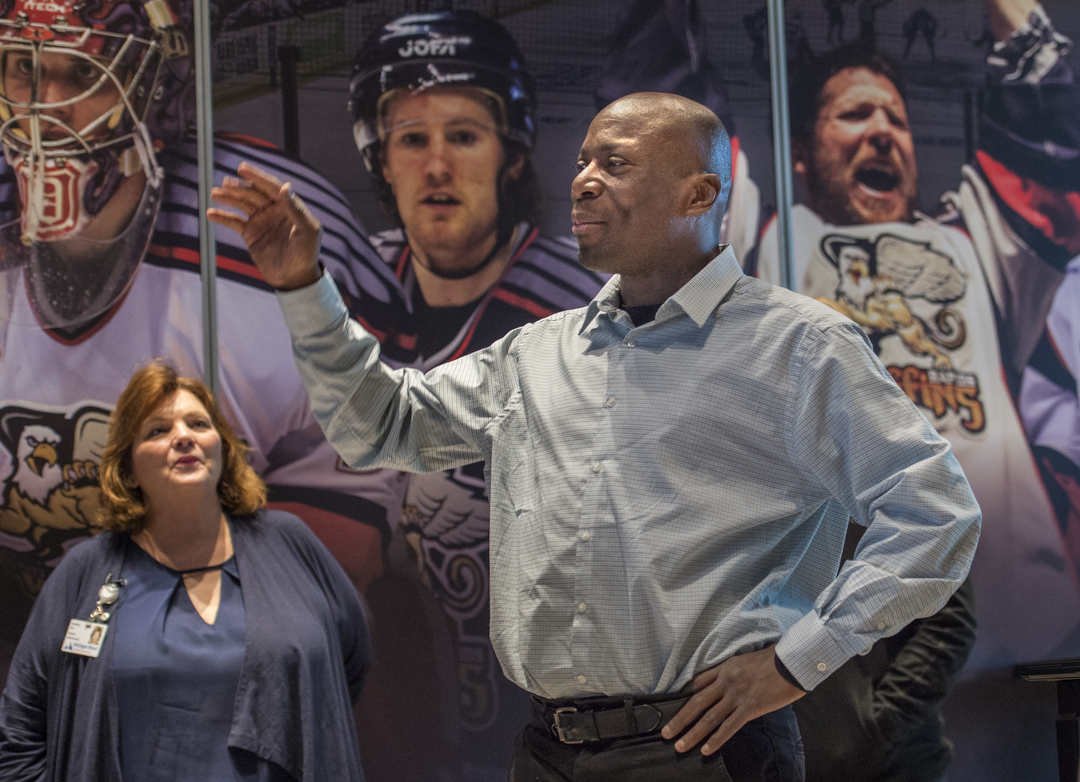
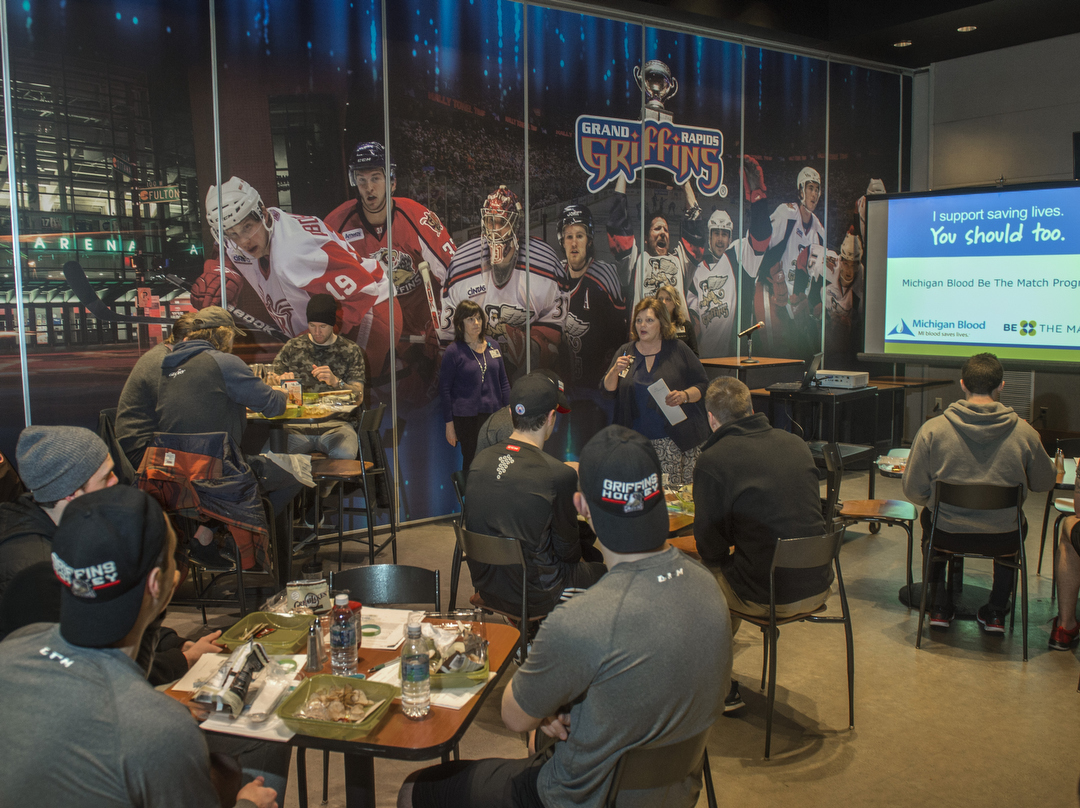

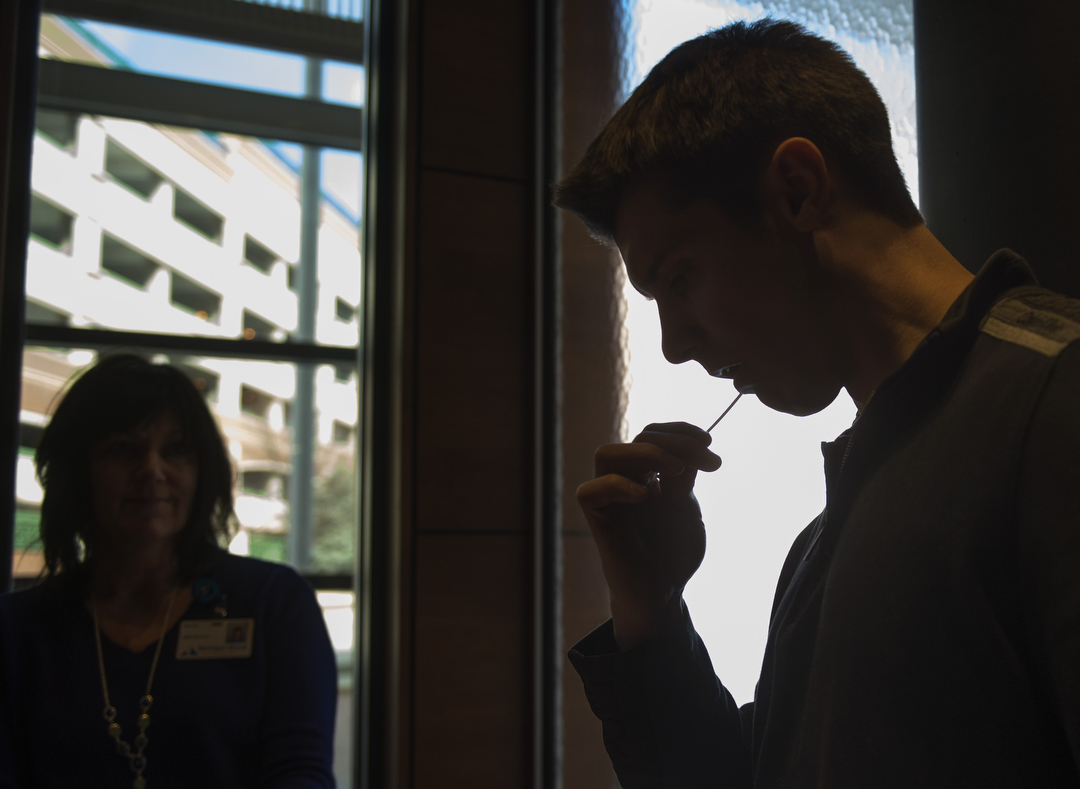

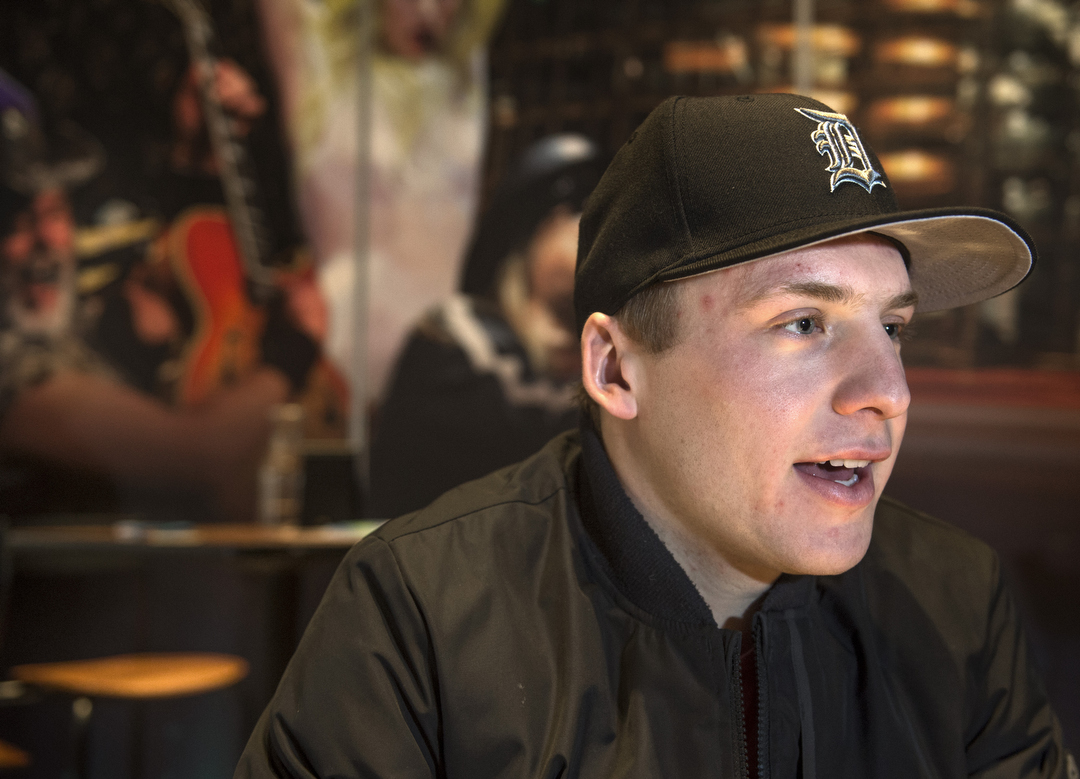
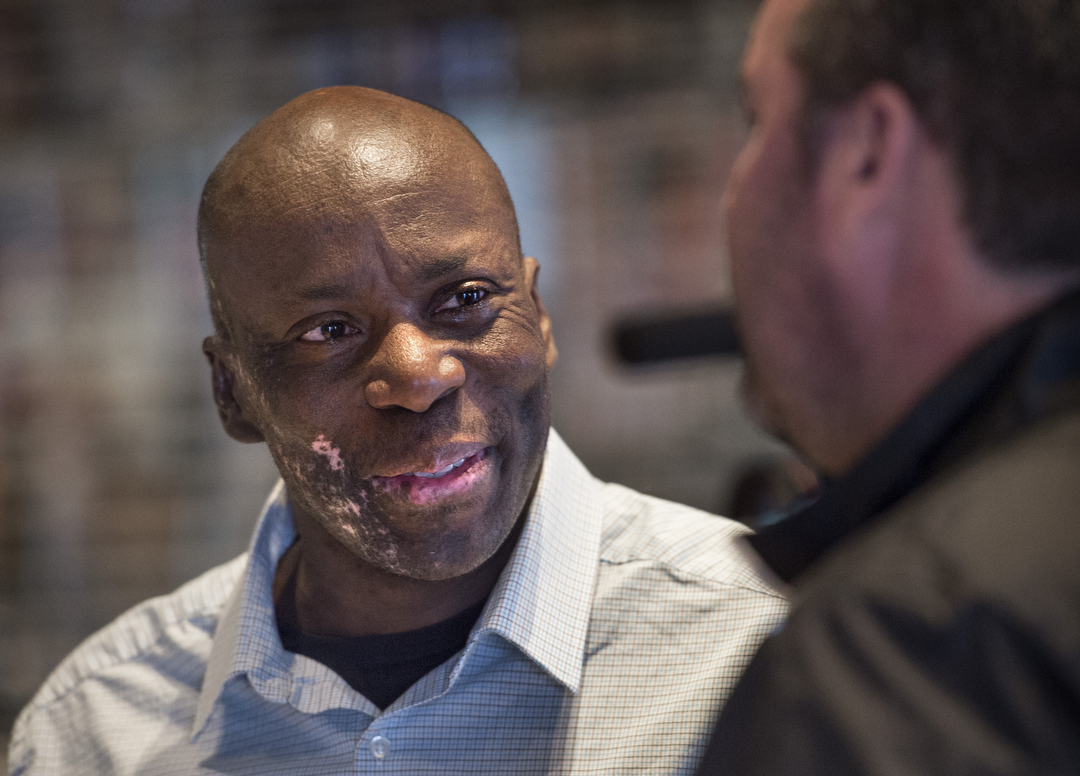
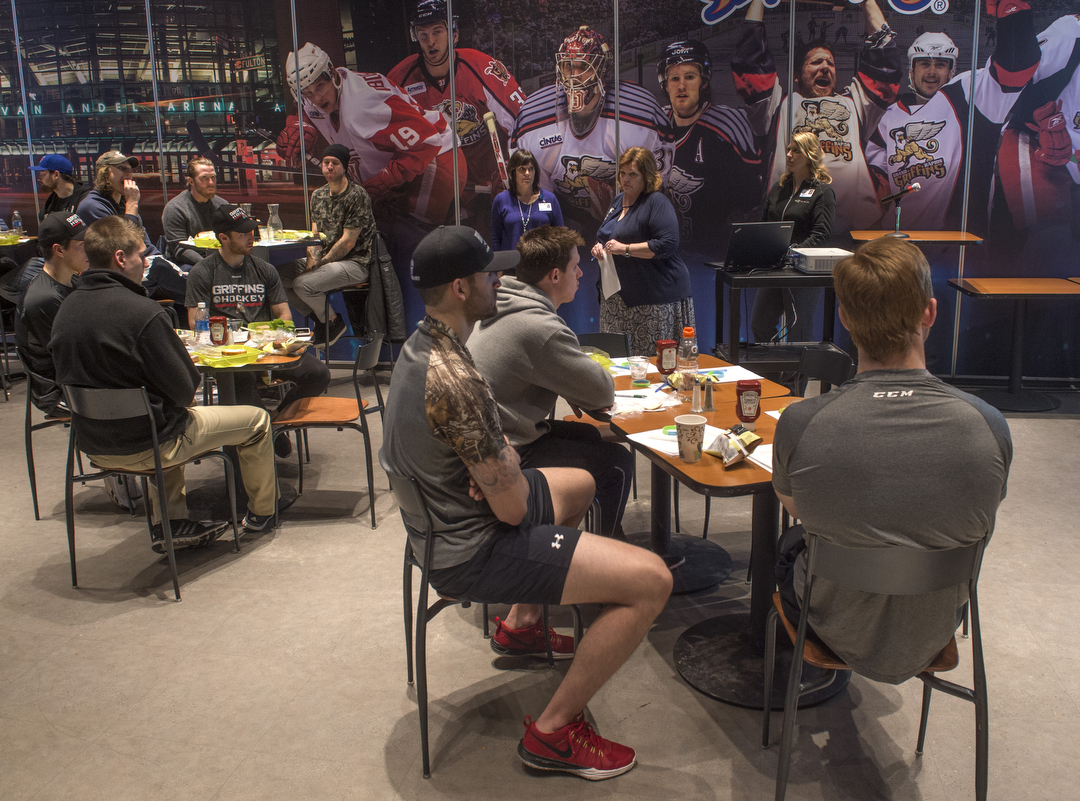
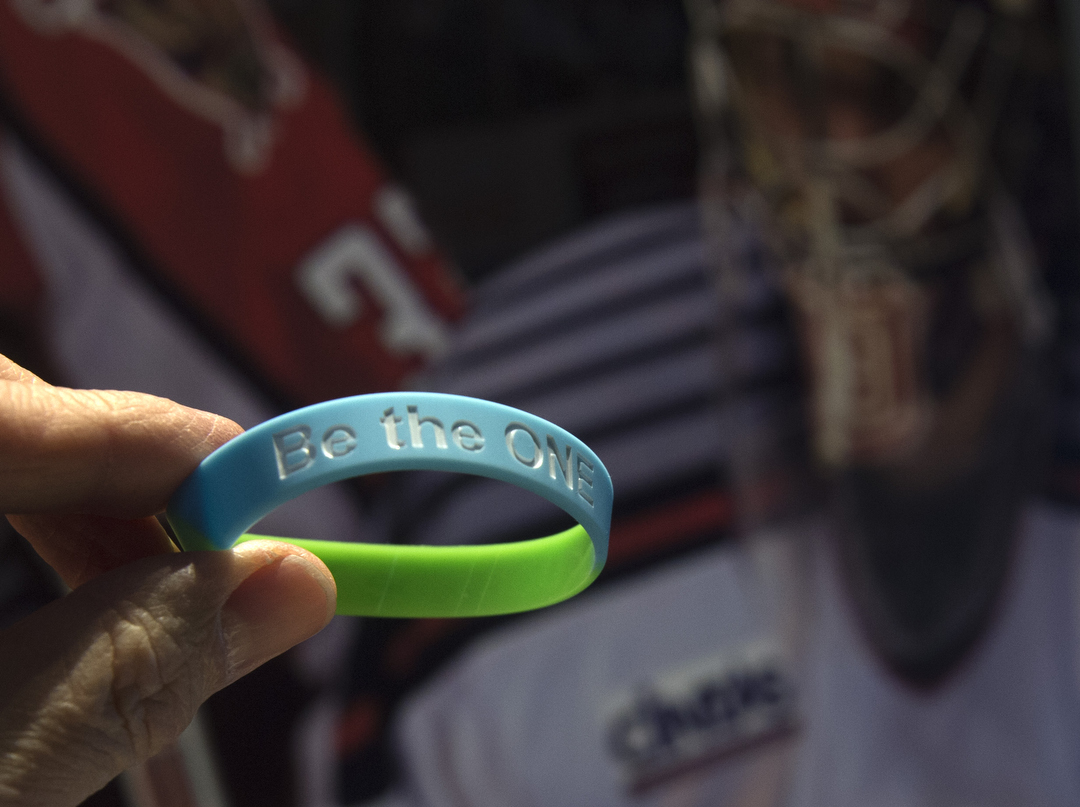






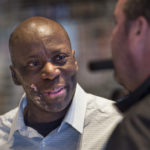


 /a>
/a>
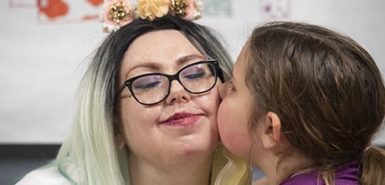 /a>
/a>
 /a>
/a>